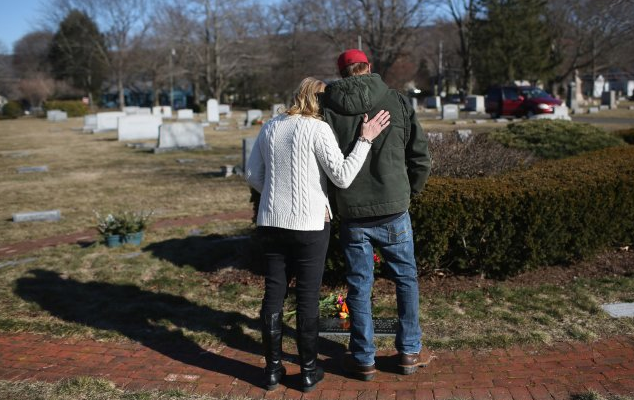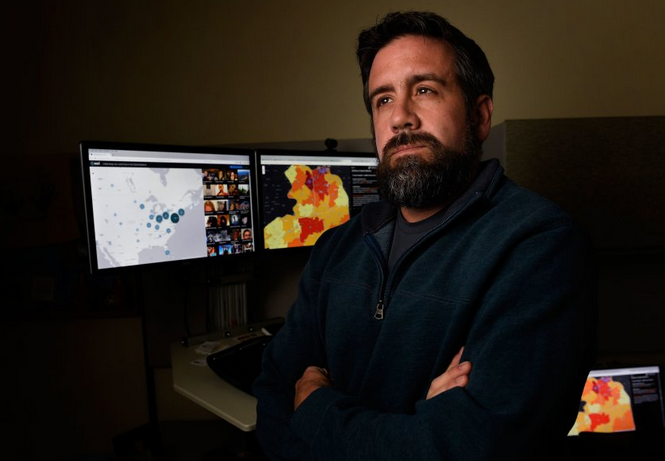— What We Know

By Jennifer Anandanayagam
Morphine, an opioid medicine that is prescribed for pain relief, is not without controversy. When there are strong concerns about substance abuse and addiction to the narcotic, people often wonder things like “Is it safe to take morphine?” or “How long does morphine typically stay in your system?”
If you were to talk to hospice care workers, you’d probably hear that this powerful pain relief medication also gets a bad rap in their world. One of the common concerns is if giving morphine to your dying loved actually brings about their death sooner.
According to palliative care professionals, when proper dosage and timeliness of administration are followed, there is no basis for this fear. In fact, according to Hospice of the Chesapeake‘s Director of Education and Emergency Management, Elisabeth Smith, giving the right amount of morphine to someone who’s having trouble breathing might actually help them breathe better. For someone with breathing difficulty brought on by conditions like terminal lung disease, “it can feel like you’re drowning, gasping for air,” explained Smith. “Morphine opens the blood vessels allowing more blood circulation within the respiratory system. This makes it easier for the lungs to get the bad gases out and the good gases in. The patient becomes calm, their breathing slows down.”
Morphine doesn’t speed up death
It’s easy to see how the notion of morphine bringing death sooner to someone who’s dying came about. We can blame creative outlets like movies and books and also the lived experiences of some people who report seeing their loved ones’ lives slip away while on the opioid.
But morphine, when administered correctly, can bring a lot of relief and improve the end-of-life experience of someone, mainly because it blocks pain signals and helps with a lot of distressing sensations someone might be feeling in the final moments before death (per Crossroads Hospice & Palliative Care), like shortness of breath, pain, restlessness, and agitation.
Palliative care professionals are well-versed in how to start, sustain, and increase (when needed) morphine dosage according to the requirements and comfort levels of their patients (per Canadian Virtual Hospice). When someone is first put on the narcotic, the dose is very low and this dosage is maintained until the person gets used to it. Only a large dose can prove harmful (a fatal overdose might require 200 milligrams). That being said, morphine, like other pain medications, comes with its own set of side effects like drowsiness, digestive issues, stomach cramps, and weight loss (per Mayo Clinic). As explained by Elisabeth Smith from Hospice of the Chesapeake, sometimes suffering can prolong death too and it can look like the person passed away sooner when morphine was administered to them, simply because their discomfort was taken away and death was allowed to come in its own time.
Should you be concerned about administering morphine?
Ultimately, no one can answer that question but you, but hospice care workers urge loved ones to be correctly informed of the intricacies of why morphine is given in the first place and how it’s done in a professional setting.
Pain is part of the dying process and if pain medications such as morphine can relieve some of the suffering, it might be one of the kindest things you can do for your loved one. You might be giving them a little more independence to be able to eat and drink without discomfort, sleep better, and even maintain better cognitive capabilities (per Vitas Healthcare). Ask questions from healthcare professionals and have them explain what the drug does exactly. Sometimes, having the right knowledge can assuage some of your fears.
Dr. Daniel Lopez-Tan from Legacy Hospice shared that the idea that morphine speeds up death could have arisen because the opioid is commonly associated with end-of-life care. “The patient is dying of other causes and morphine only softens the symptoms of the last moments of life … One of the effects of morphine called respiratory depression does not occur with small, controlled doses of short-acting opioids, especially when under the supervision of a healthcare professional,” added the doctor.
Complete Article ↪HERE↩!



